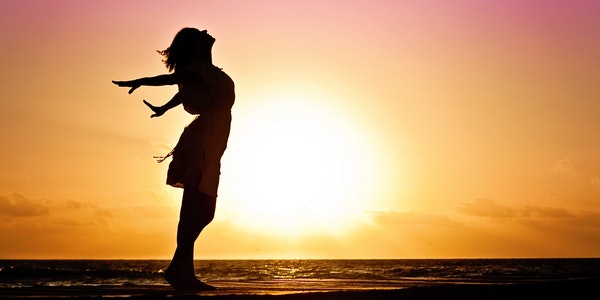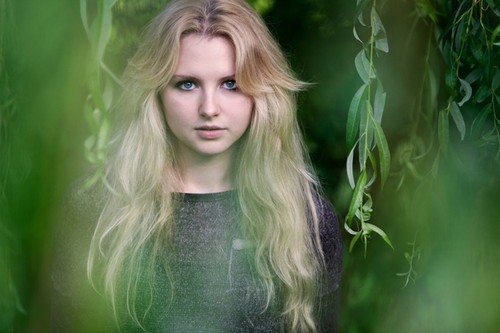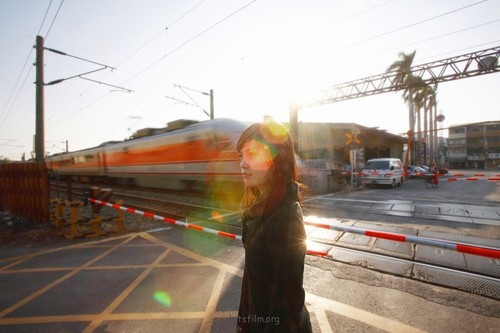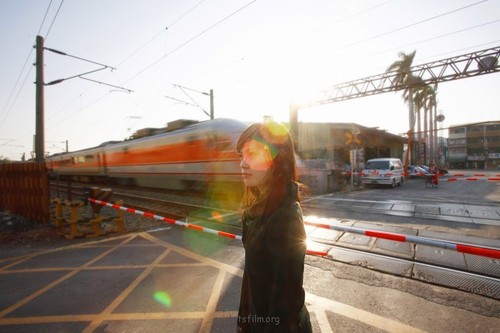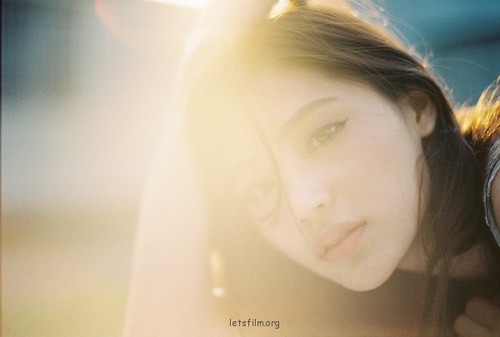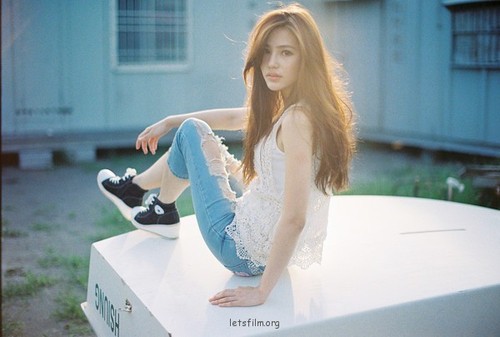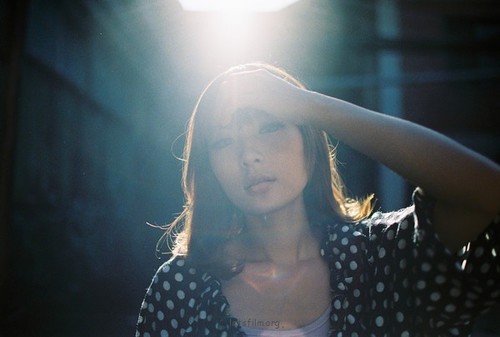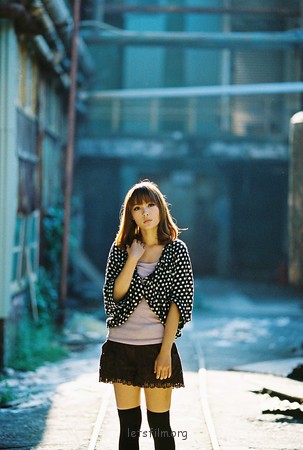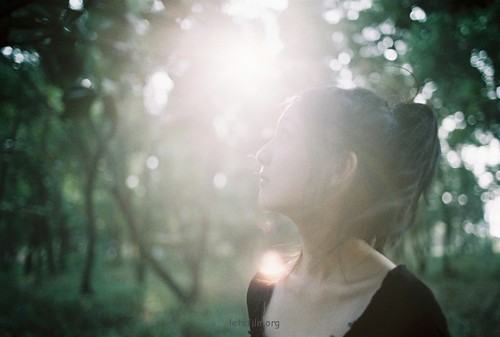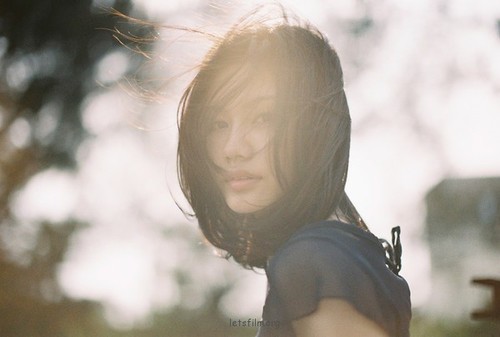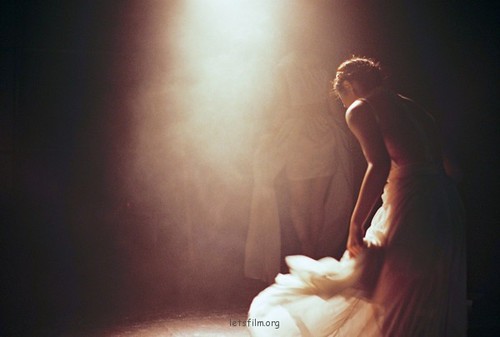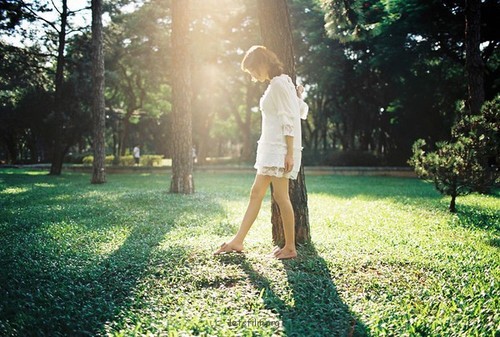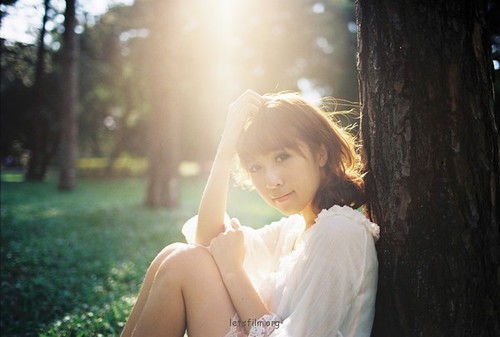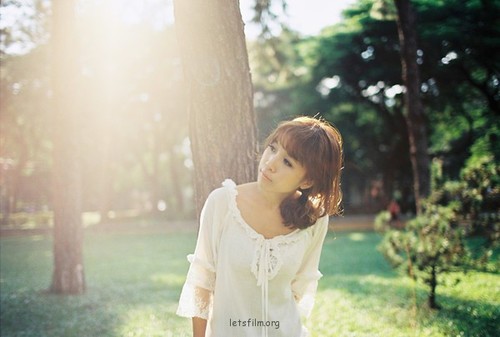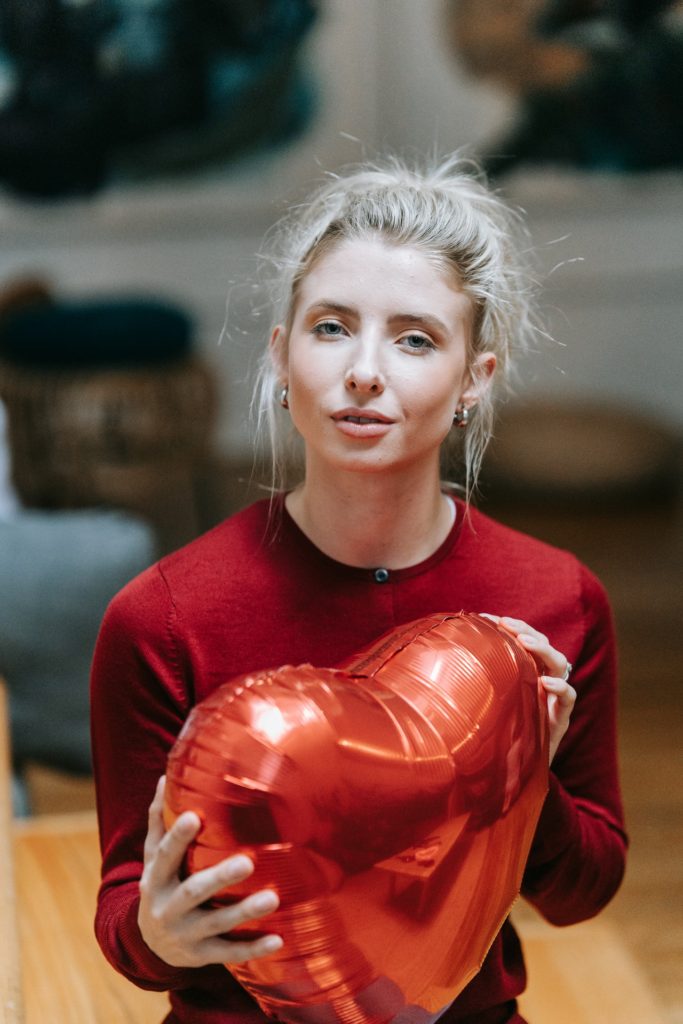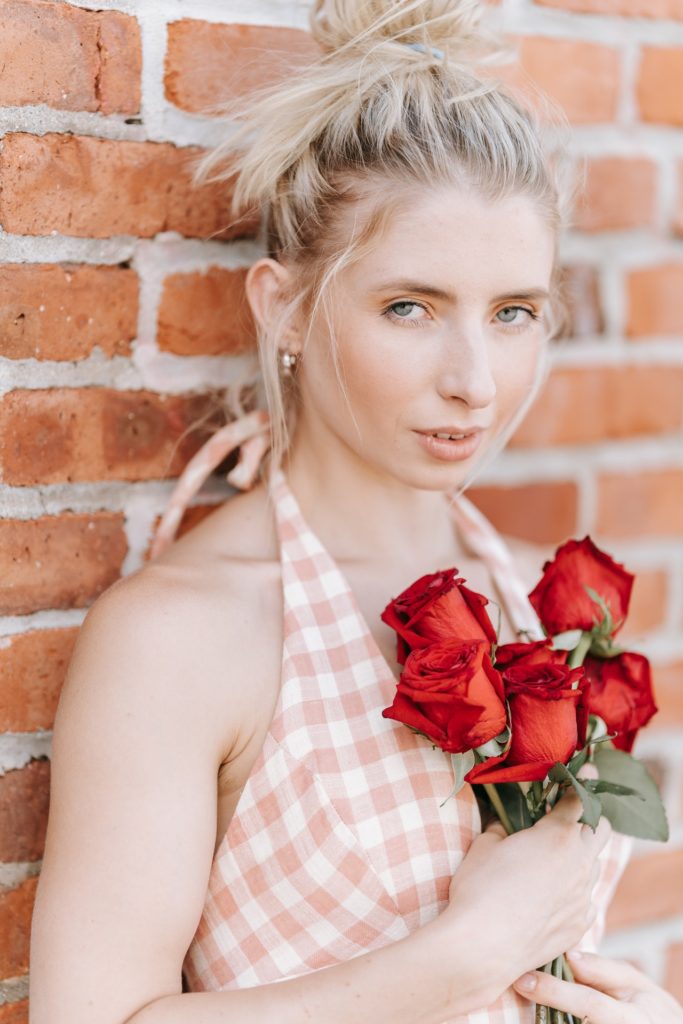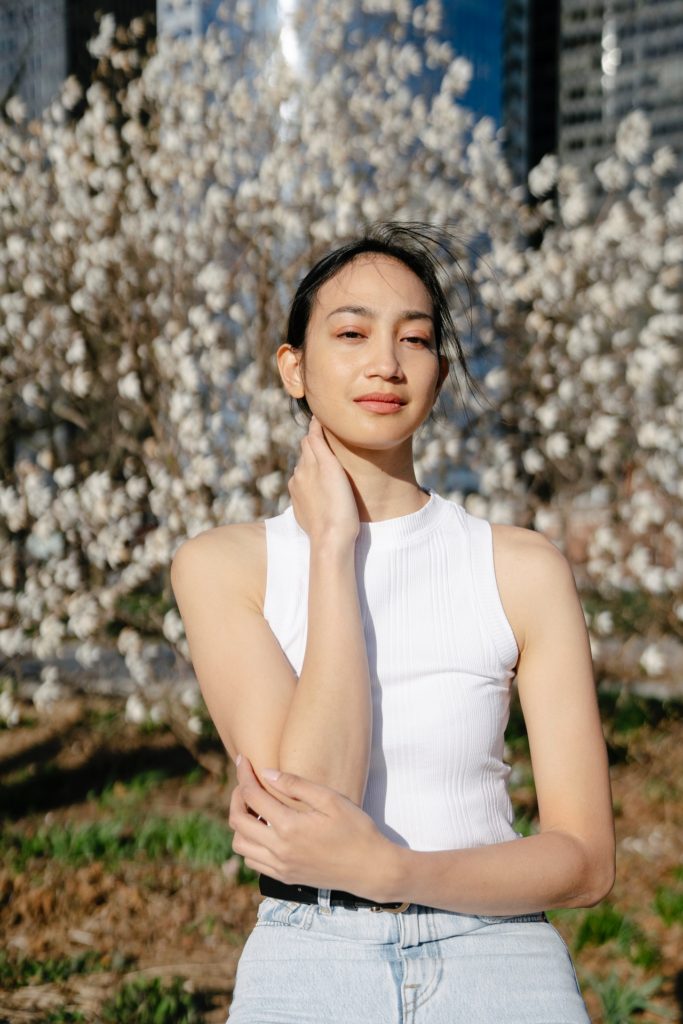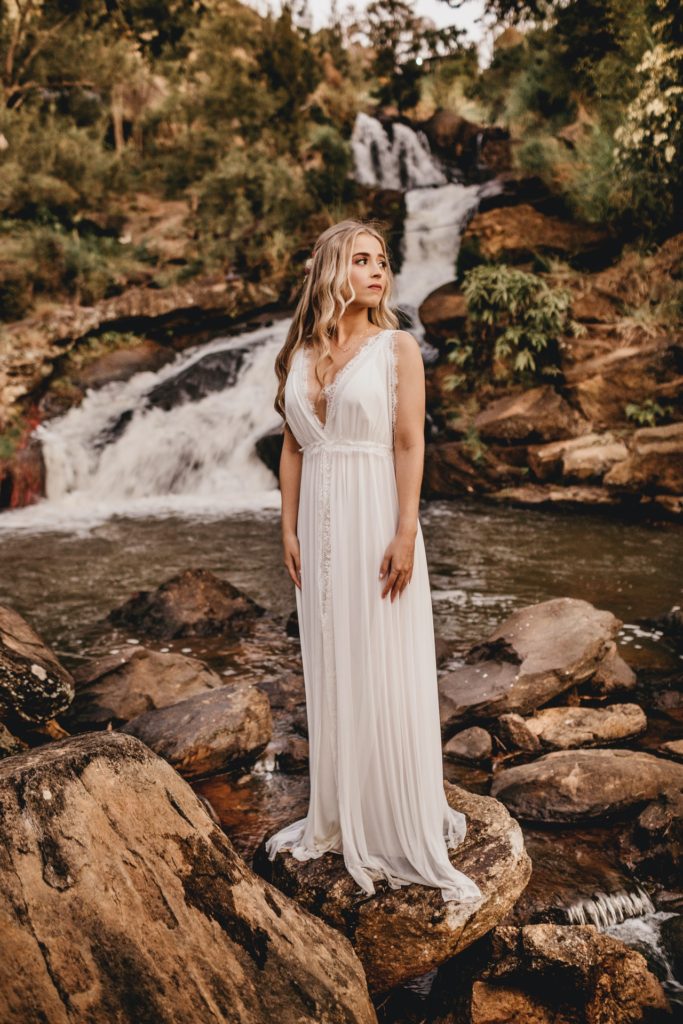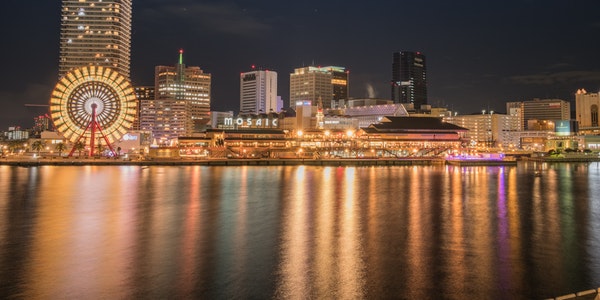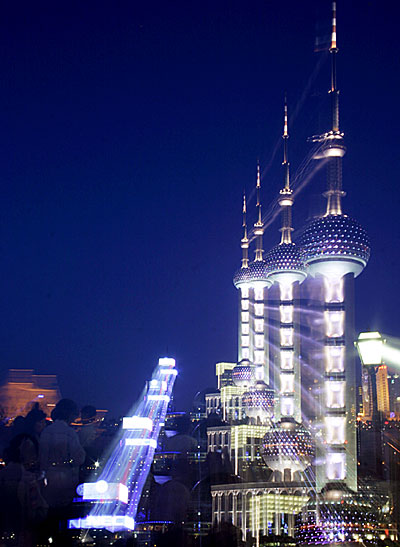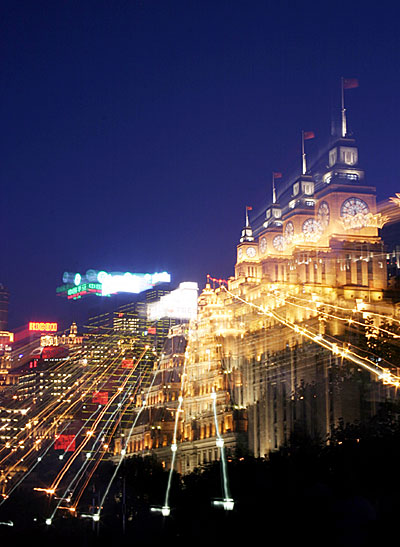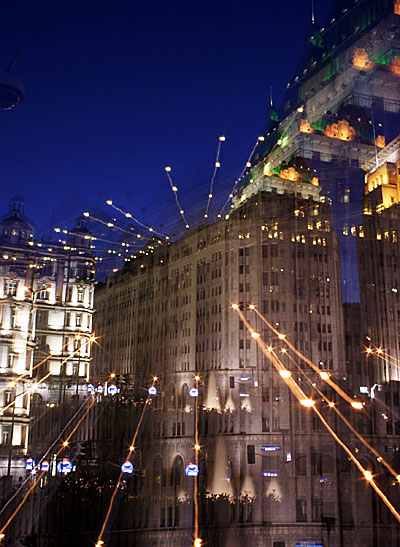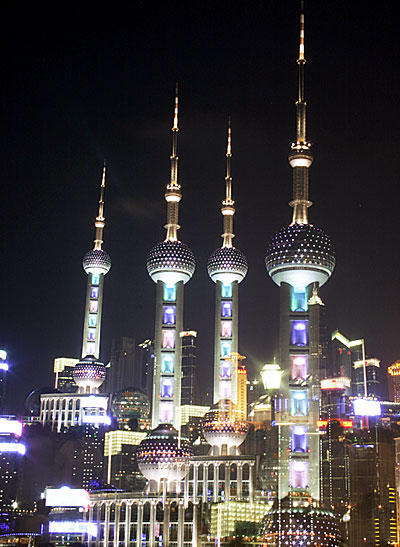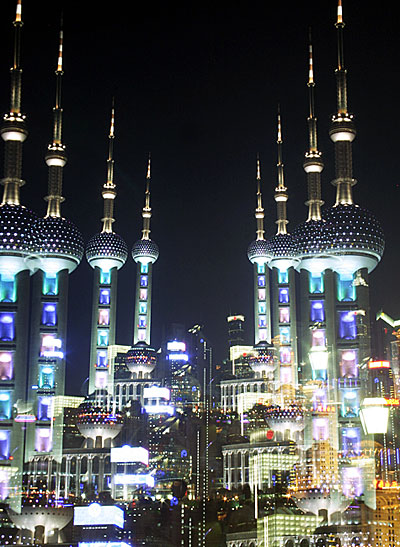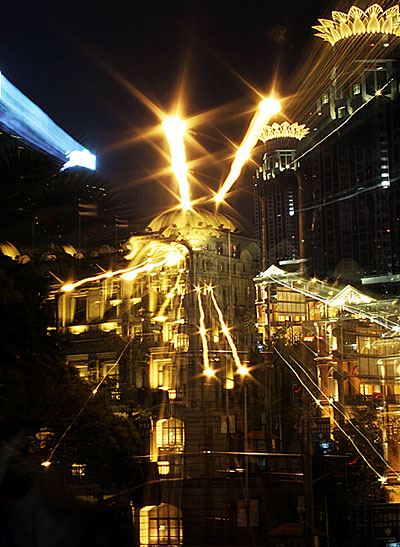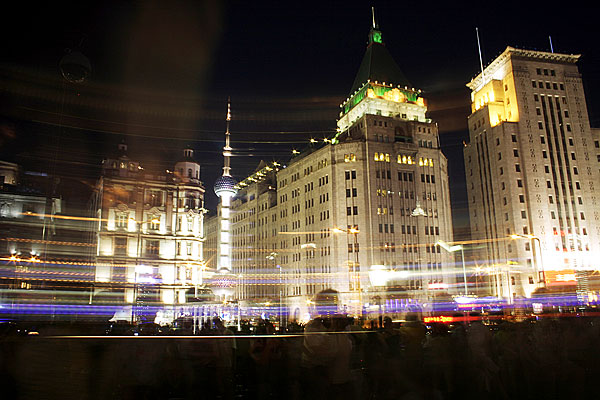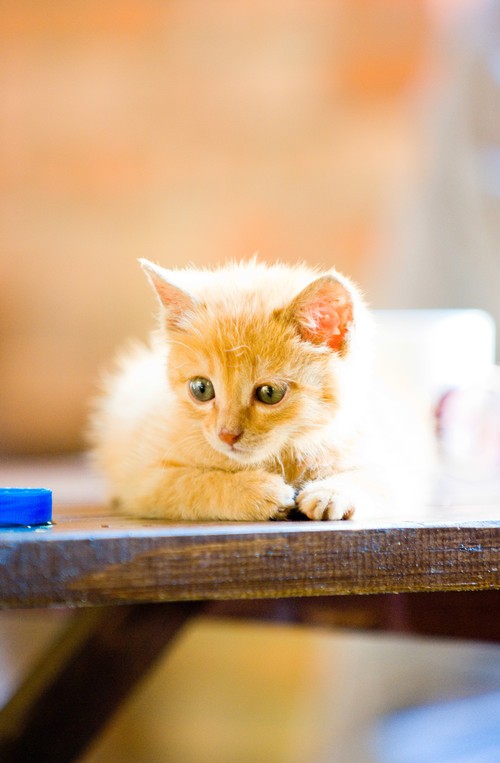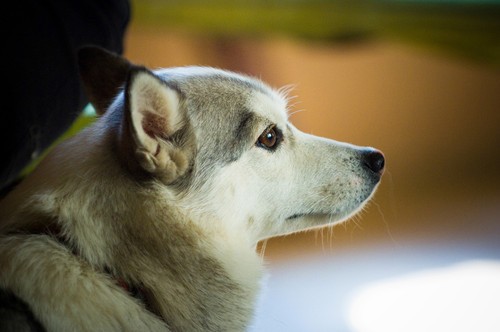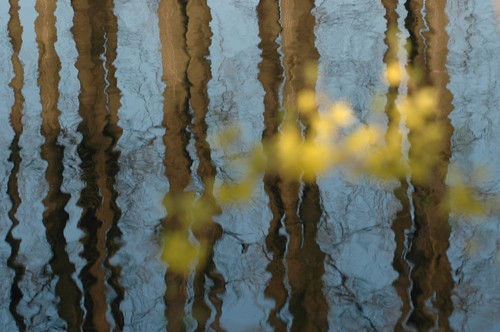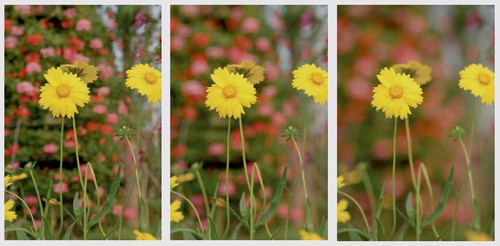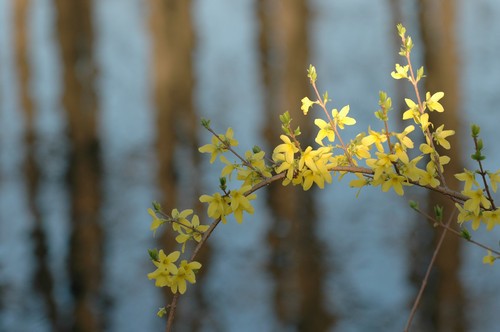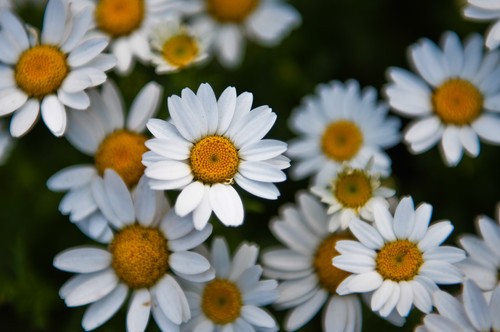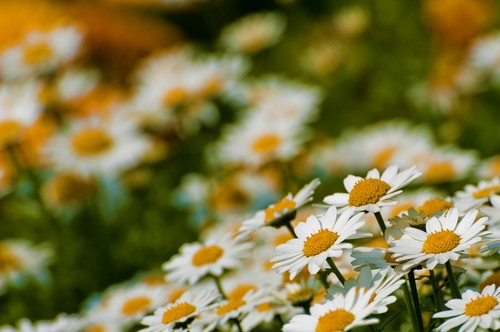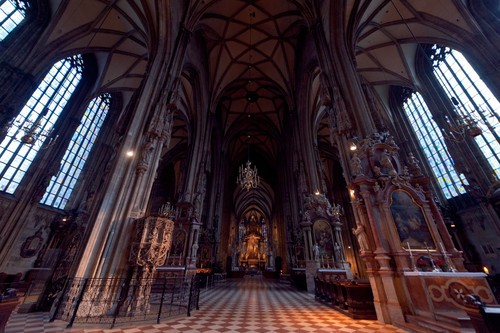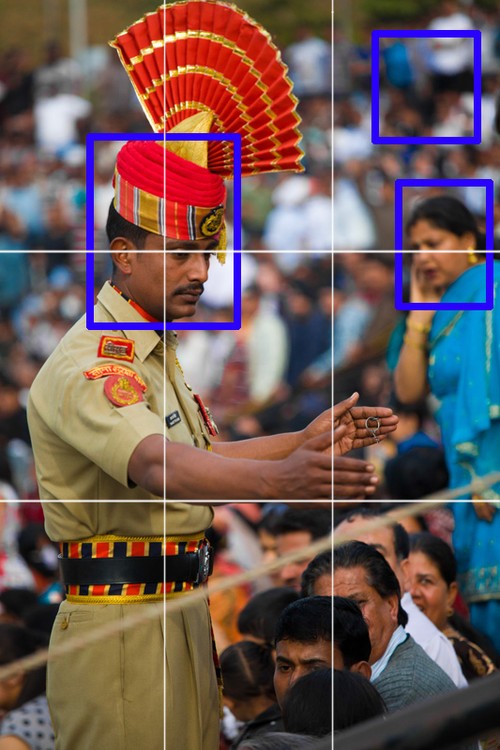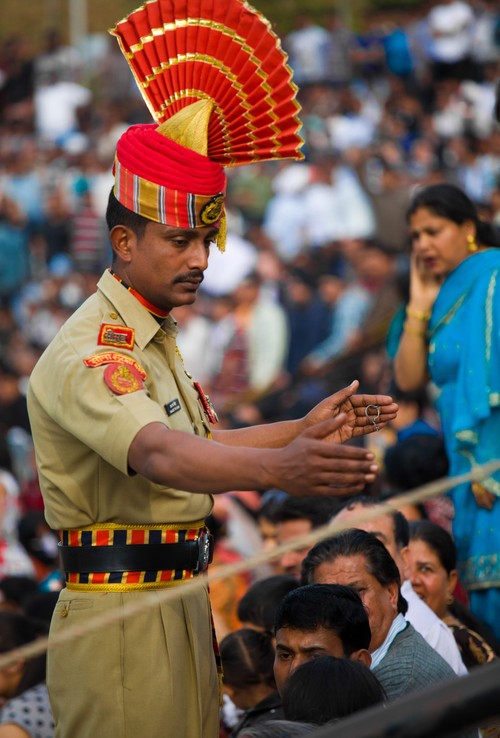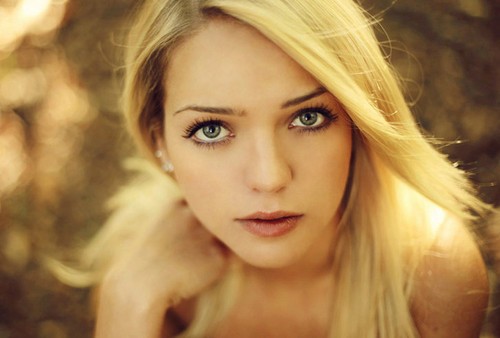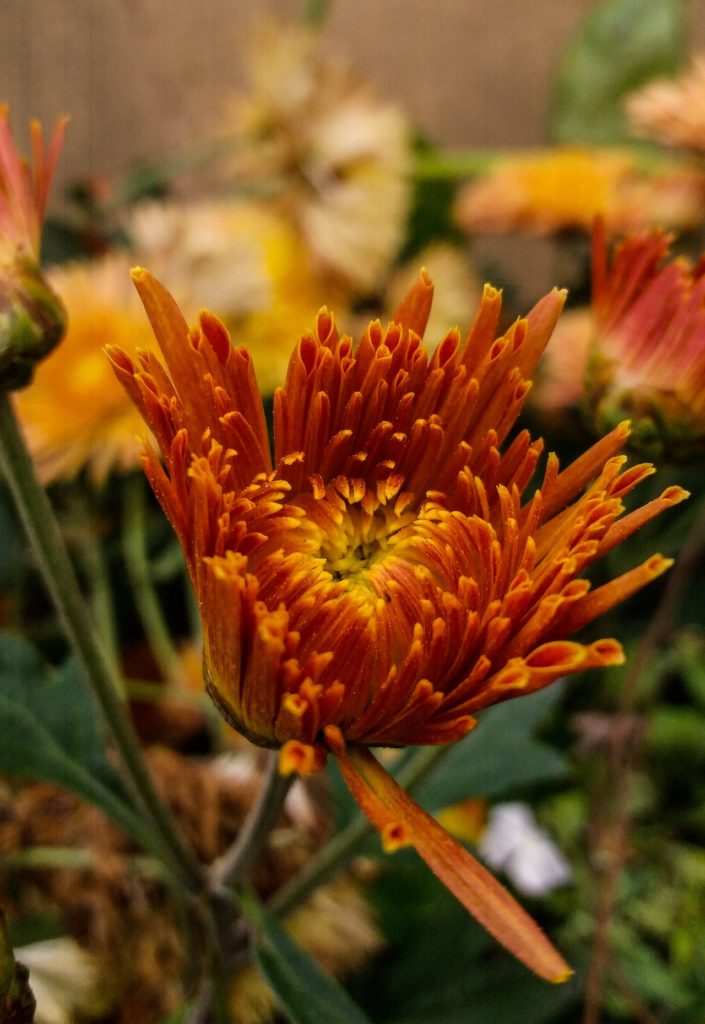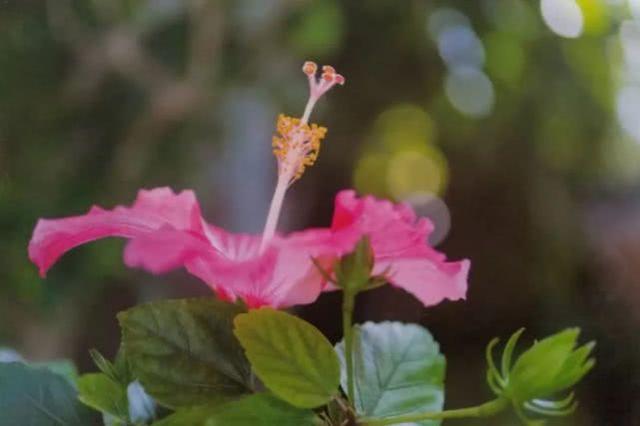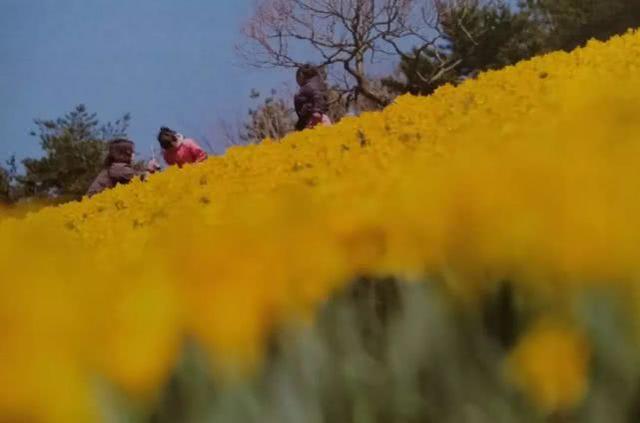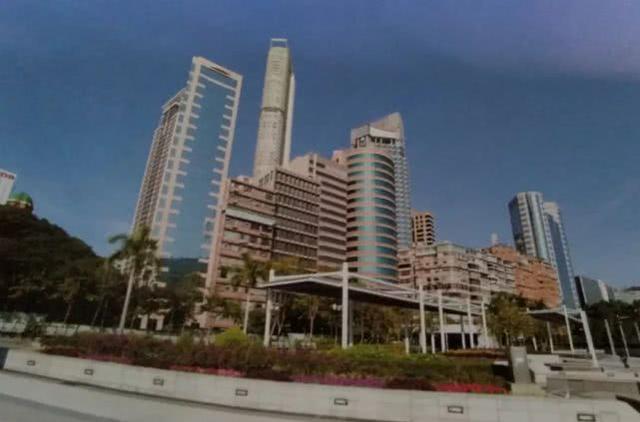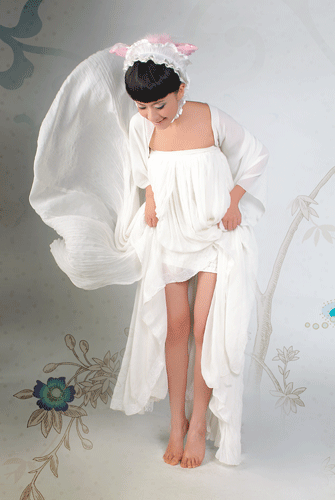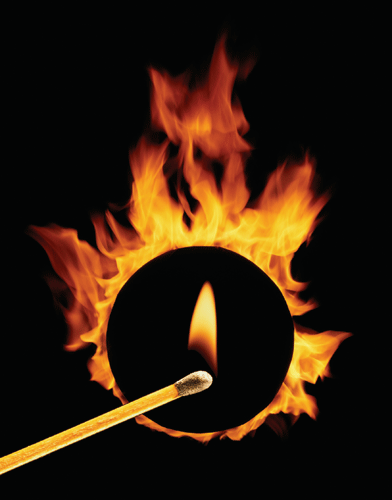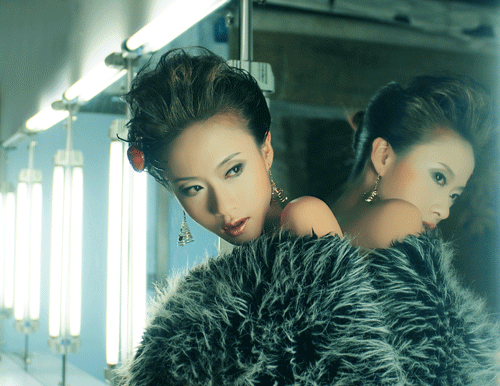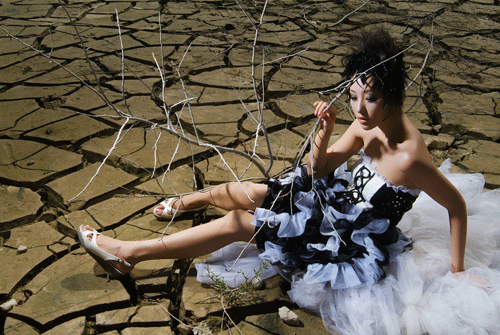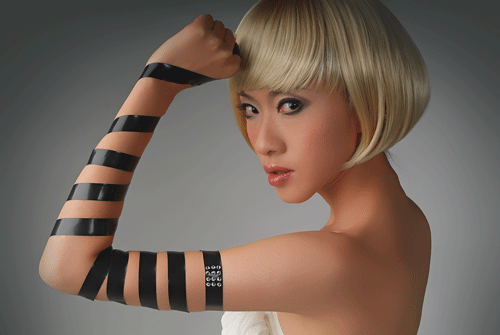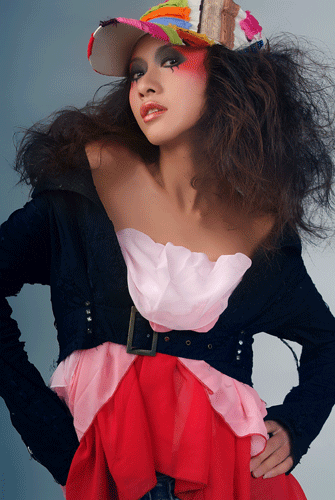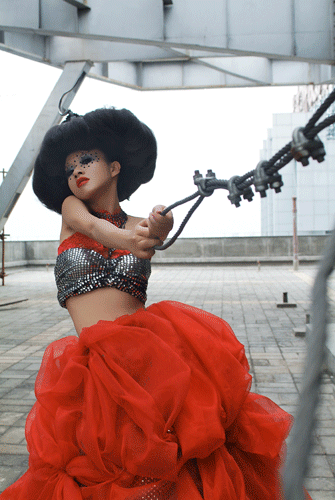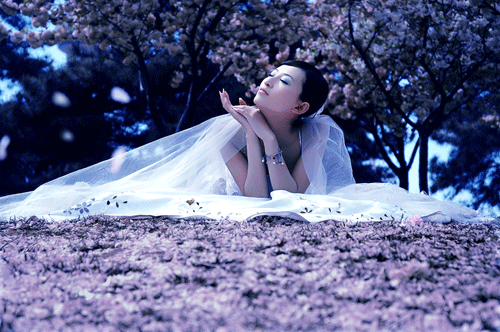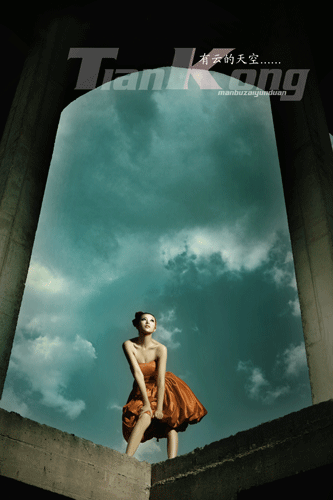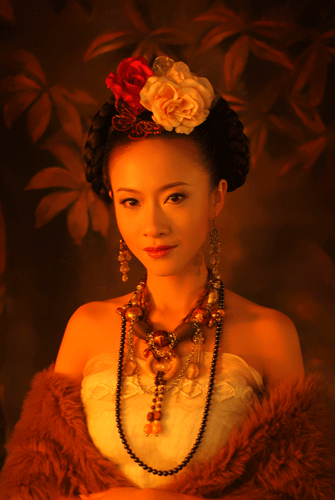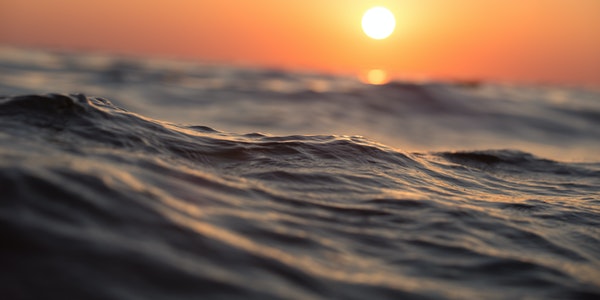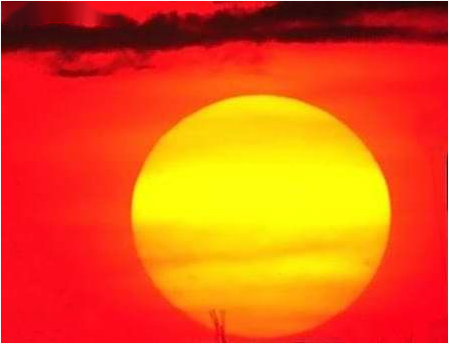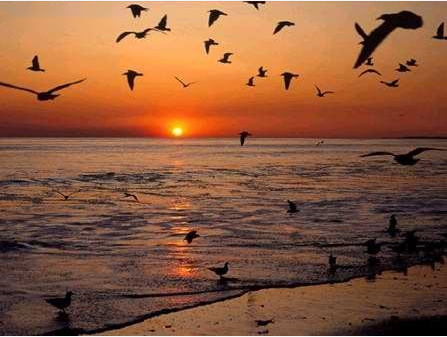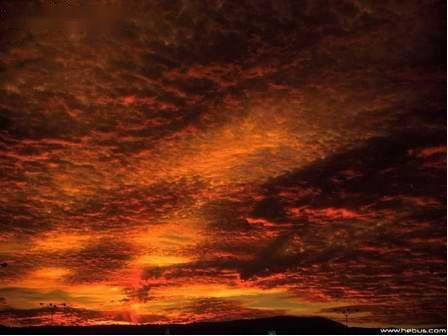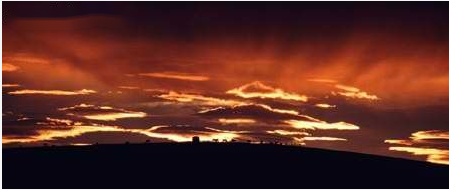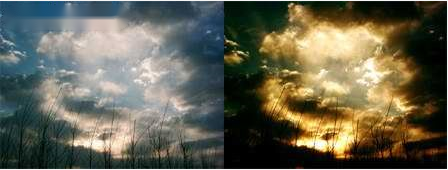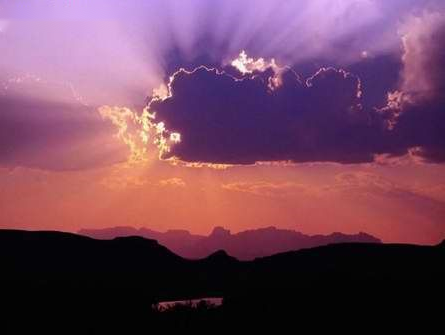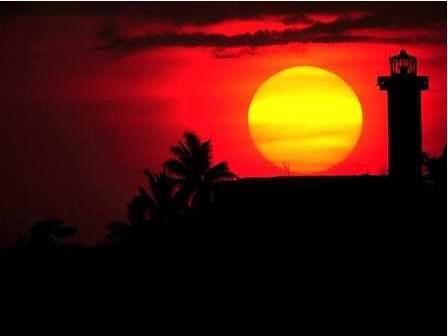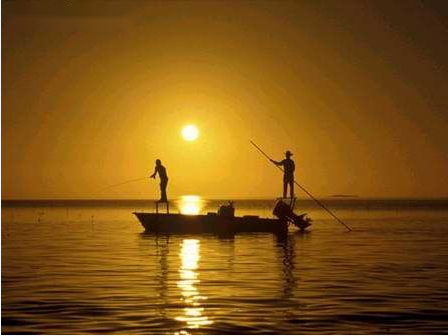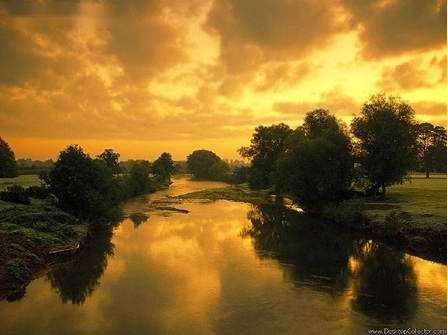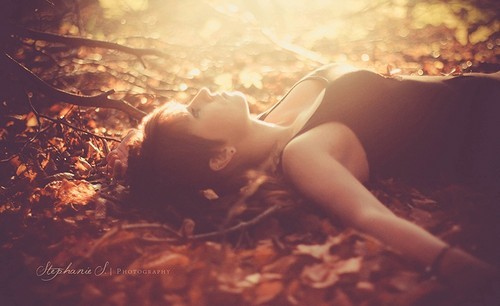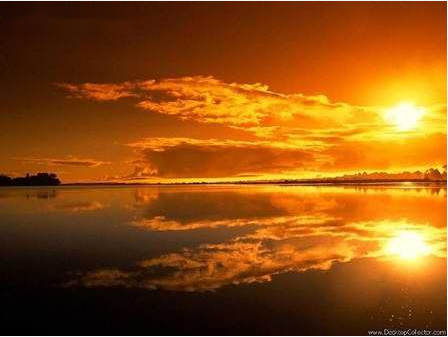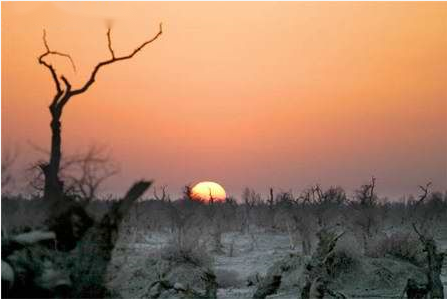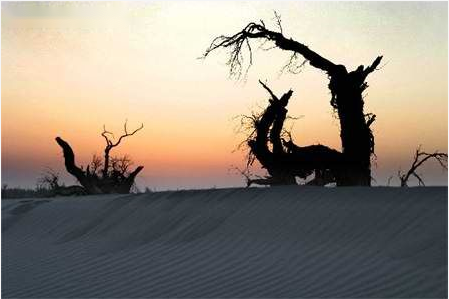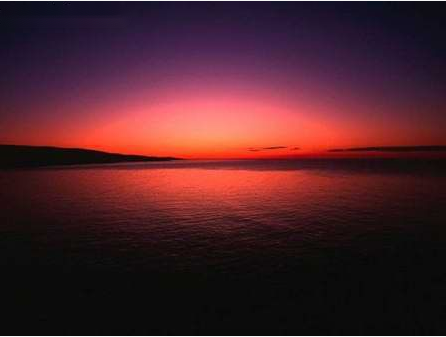1. Cloud
Clouds are condensations of water vapor in the sky that condense, move and dissipate in the sky as the weather changes. Clouds are indeed beautiful and come in many different shapes. Commonly seen are floating clouds, fish scale clouds, sheet clouds, striped clouds, stratus clouds, fire clouds and so on.
People who like to photograph landscapes are particularly fond of clouds. A landscape photo will be more beautiful because of the clouds. Many good scenes often lack clouds in the sky, which makes the sky part of the picture too empty and a fly in the ointment, and even affects the structure and tone balance of the picture.
The meaning of cloud to shooting
Clouds can not only increase the beauty of the scene and balance the picture, but also use different images of clouds to express the season and climate of the scene. For example, light and thin floating clouds in the morning in spring, stratus clouds that condense in summer, beautiful fish scale clouds in autumn, sparse clouds in early winter, sea of clouds in the morning and colorful clouds in the evening, clouds in a sunny day, fiery clouds on the eve of typhoons, Storm clouds and so on. It is all about the different seasons, climates and times.
Even if the scene itself has no obvious feature of time, but because there are clouds in the scene, you can know what season and climate it is from the image of the cloud. Clouds are diverse and have different shapes. We use the white clouds to set off the scenery, and we should also pay attention to whether the image of the white clouds is suitable for the scenery.
For example, for a scene with prominent horizontal stripes, the cloud with horizontal stripes should not be used as a foil, otherwise it will cause more horizontal lines in the picture, resulting in a rigid picture with no changes in the lines.
For another example, the use of a white cloud of the same size as the subject of the scene as a companion will also result in no distinction between the host and the host of the picture. Therefore, when taking the white clouds as a foil, we must pay attention to its image and have a significantly different proportion from the main object, so that the picture can be vivid and touching.
The right time to shoot the clouds
White clouds with no depth or depth are not suitable as a foil for any scenery, let alone as the main body. Generally, white clouds with more layers are mostly produced in the morning or afternoon when the sun is slanting. Therefore, it is most suitable to use the white clouds in the sky to accompany the scenery in the oblique sunlight. The image of the cloud is ever-changing with the wind. We must grasp the timing and be patient to get a good cloud scene. But pay attention to the use of color filters when shooting, add polarizers for color, and use yellow and orange filters for black and white photography.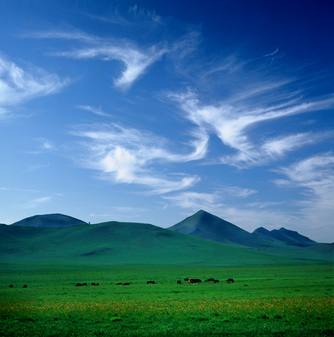
2. Fog and mist
The significance of fog and mist to photography
The use of various fog layers or haze layers to shoot scenery can make the perspective of the scenery change from near to far. It can also make the color tone of the scene change deep or shallow, giving the scene rich layers. When the morning fog has not been evaporated and dissipated by the heat of the sun, and the peaks of each mountain are protruding above the morning fog, the backlit mountain scenery is photographed. Because the mountains near and far have different thicknesses of morning fog, the fog layer illuminated by the backlight It is also very bright. As long as you use the main mountain layer as the exposure basis, it will naturally show bright and bright photos with rich tones from deep to shallow.
Grasp the timing of shooting clouds and fog
Clouds and fog often move in the direction of the wind on the mountain, but sometimes they stay on the mountainside or only show the peaks. When the layer of fog exists in the forest, the sun shines from the space with sparse branches and leaves into the forest to produce strips of oblique sunlight. This different light, with the direction and angle of the sun changing its projection direction, shows light and dark beams. All these changes in natural scenery have created excellent conditions for us to photograph mountain scenery. As long as we are in the scene and grasp the natural changes of the scene in time, we can take artistic and high-quality landscape photos.
Timing to shoot the sunset
The sunset glow occurs in the evening, and because there is less moisture in the space in the evening, the sunset glow is often thinner than the morning fog. Using the sunset to shoot the scene, only the distant scene has the atmosphere of the sunset, and the closer scene is as if there is no sunset. If you use the backlight to shoot the sunset scene, the place with the sunset can be like the morning fog scene, showing the light level of the scene.
However, when the backlight illuminates the sunset scene, the close part of the scene is underexposed due to the lack of the atmosphere and is easily affected by the light of the distant scene. Therefore, when shooting a sunset scene, if the subject is close to the scene, you should use the close distance as the metering standard. Sometimes to shoot the distant sunset scenery, we have to use a long focal length lens to zoom in and shoot, so that the scene occupies a larger area on the screen.
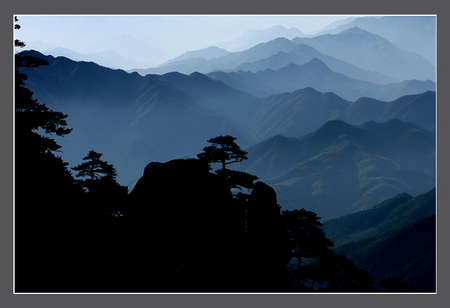
3. Shooting of rain scenes
Rainy days are the least favorite weather for photographers. Whether it is raining heavily or lightly, few people take a camera to take pictures outside. Some people even think that it is impossible to photograph landscapes on rainy days.
Everyone knows that photography is possible with light. We can shoot night scenes at night, and of course we can shoot rain scenes during the day, and we can shoot dynamic rain scenes. It is a rainy night, and it is also right to shoot the rainy night scene. The scenery in rainy days also has its unique sentiment, not to mention the rainy days are also a must-have in people’s lives. In order to reflect more life situations and enrich the content of scenery, rain scenery is also an indispensable subject for our shooting.
Selection of rain and scenery
When shooting a rain scene, in order to express the rain stripes in the rain scene on the photo, in addition to choosing heavy rain, a darker background must be used as a foil. If the background of the rain scene is the sky, then the rainy sky must be white dense clouds. Even if it rains very heavily, it cannot be seen because the background and the rain strips are white. The closer the background is, the easier it is for the rain stripes to appear. The farther the background is, the bigger the scene is, and the rain strips are not easy to show clearly. Therefore, the range of the scene taken in the rain scene should not be too large, and it is necessary to avoid the white sky occupying most of the picture, which will affect the performance of the rain stripes in the scene.
Aperture and shutter selection
When it rains, the brightness of the scenery is generally weak. Therefore, it is generally necessary to use a larger aperture and a slower shutter speed when shooting rain scenes, so that the rain scenes have sufficient light sensitivity. In order to show the rain strips that have not yet landed in the scene space and to be able to grasp the dynamics in the rain, you should stand at a higher position to shoot. Generally, shooting rain scenes with a shutter speed of 1/60 second can show the rain strips that have not yet landed in the space. If you shoot a rain scene with a fast shutter speed, the rain strips in the space will be shorter. Use a slower shutter speed to get longer rain scenes, and the motion in the scene may not be clear enough.
Viewfinder
Shooting the scene in light rain weather, because the light rain is not visible enough in the scene, it cannot show the rain stripes. However, when using drizzle to shoot dark forests or mountains, since there is no sunlight in the scene, the drizzle will be like a fog layer between dark objects, showing the tones of far and near.
If the framing range is not very large, and you use the brightness of the nearby object as the exposure key, it can also show the misty and rainy scene in the scene. Whenever it is summer, there is often a sudden heavy rain under the sun, which is the best time to shoot rainy scenes. When shooting scenes in heavy rain, the camera lens is easy to get wet by the rain. Before shooting, you should consider this in advance and prepare tools for rain protection.
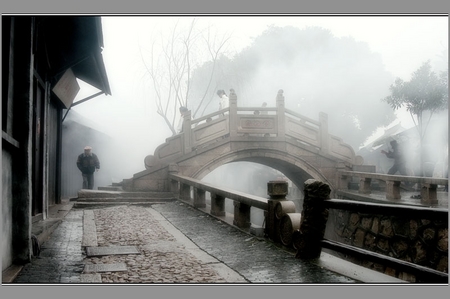
4. Shooting the snow scene
The choice of snow subject
When snow scatters or accumulates on a scene, objects of varying shades of color in the scene are obscured and become white objects. Therefore, a snow scene is a scene with more white parts, which can give people a white and lovely feeling.
Because the white part of the snow scene occupies a larger area and is brighter than other scenes, it is even brighter when there is sunlight. It is also more sensitive than normal scenery on film. Snow is a transparent crystal, and its texture can only be clearly expressed at a distance. Therefore, in order to show the light and dark layers of the snow scene and the transparent texture of the snow particles in the nearer place, it is most suitable to use the backlight or the back light to shoot the snow scene.
In this way, even distant views create a profound atmosphere due to backlighting or side backlighting. If the snow scene is photographed with frontal light or top light, due to the relationship of flat or vertical light, not only can the snow-white fine crystal objects not be able to produce light and dark layers and textures, but also the object will lose its three-dimensional sense. However, when backlight or side light illuminates a snow scene with a large white area, objects of other tones that are not covered by snow will inevitably become black objects. In order to make snow and other tonal objects in the snow scene appear layered, it is necessary to use soft sunlight when shooting snow scenes.
Snow shooting background selection
Shooting snow scenes when it is snowing, just like shooting when it is raining, must have a dark background as a foil to easily show the snowflakes flying in the sky. If you are shooting a wide area of the sky, snowflakes will only be visible in the space in front of some dark objects, and other parts of the snowflakes will not be visible.
When shooting snow scenes in the sun, in order to keep the blue sky from being too white, you can use color filters (polarizers) as needed.
In order to obtain a more concise snow scene picture and clearly express the layers and lines of objects in the snow, you can choose a partial scene with more beautiful lines and shoot with soft backlight and side backlight. In this way, the layered lines of the objects in the snow can be fully displayed, so as to obtain a more beautiful snow scene.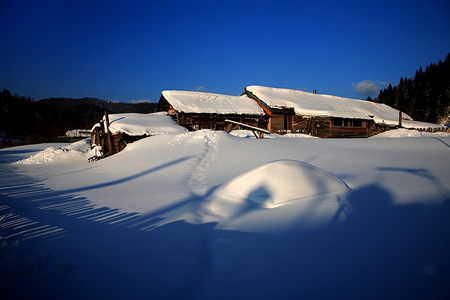
5. Capture the sunrise or sunset
The choice of shooting time
When the sun just rises from the horizon or when the sun is about to set in the west, there is a certain morning glow or sunset on the ground that covers the light scattered by the sun, and a round sun with no light scattering appears. That’s when it’s time to photograph the sunrise or sunset.
When the sun is just rising or setting, the sky on the horizon often has some backlit colored clouds. We can wait until the sun is cloudy and there is no scattering of light to shoot a sunrise or sunset. In this way, not only can the sun be scattered and the halo produced on the negative film, but also the sky part of the scene will not have a lonely sun.
When the sun just rises or is about to set against the mountains, because there is no reflection of water between the mountains, it completely contrasts with the dark sky with the sun. Therefore, when shooting a sunrise or sunset scene on a mountain, only when the clouds cover part of the sun or increase the exposure of the sky when zooming in can make the tones of the sky and the mountains more balanced.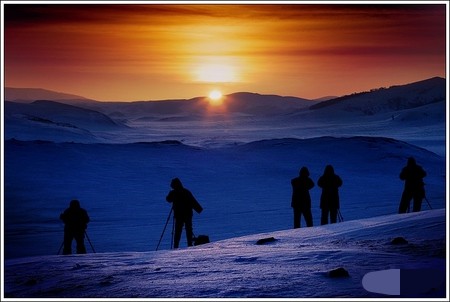
Scene selection
When the sun just rises or is about to set, it is also a common phenomenon that there are no clouds in the sky. In order to avoid the sky being too monotonous, using some sparse leaves and branches as the foreground of the empty sky can help to balance the structure of the scene. But too many or too heavy branches and leaves will cover most of the sky and affect the balance of the picture.
The image and hue of the sun are not much different in the morning and evening. If you want to distinguish a sunrise or a sunset from a photo, you should distinguish it by the scenery and the tone. Because the sky on the horizon in the morning is generally clearer, the sun will spread the light quickly when the sun rises. The sky is generally cloudy on the horizon at dusk, and when the sun is still far from the horizon, there is no scattered light. In terms of hue, the sky is reddish-yellow in the morning and magenta in the evening.
Therefore, when photographing the sunrise, we should take it as soon as the sun rises above the horizon, and do not miss it. Shooting sunsets can start when there is no light scattering, until the time when it is about to enter the horizon, and you can shoot in a leisurely manner.
